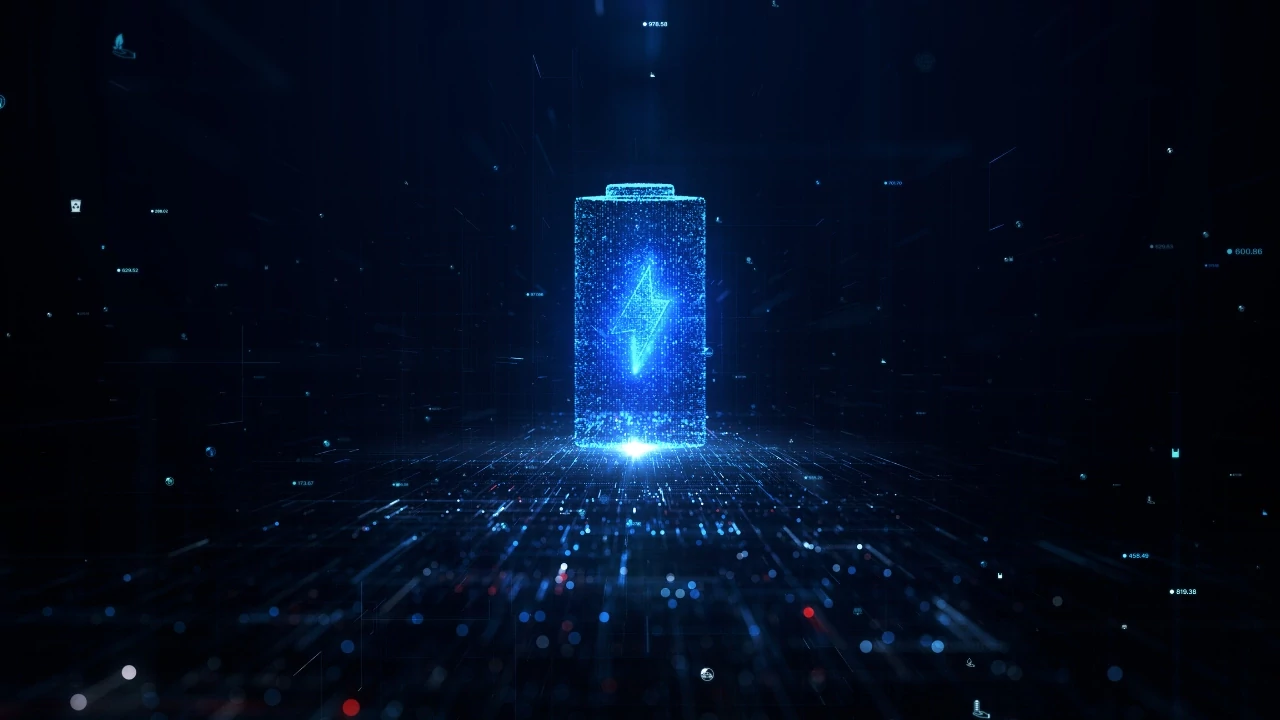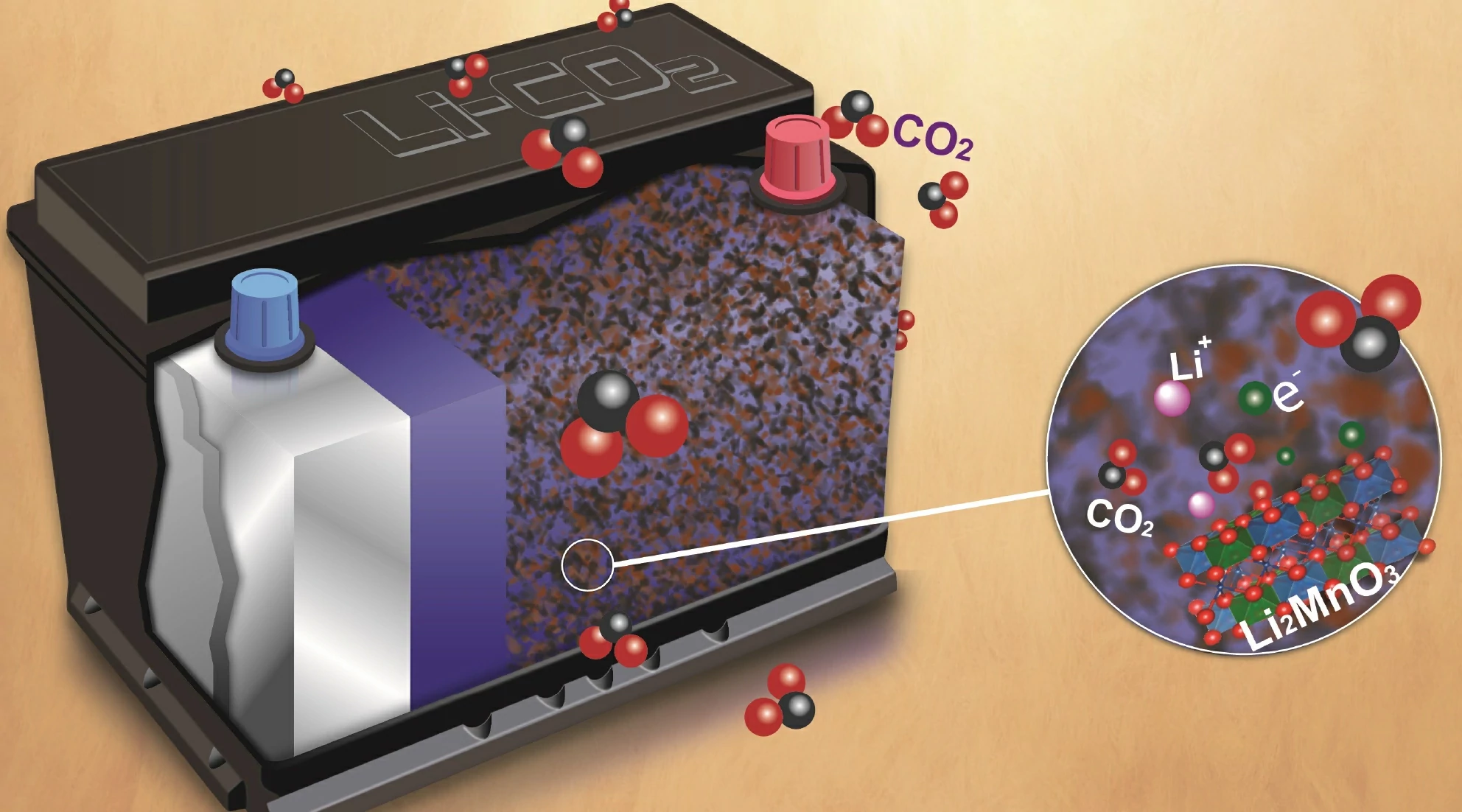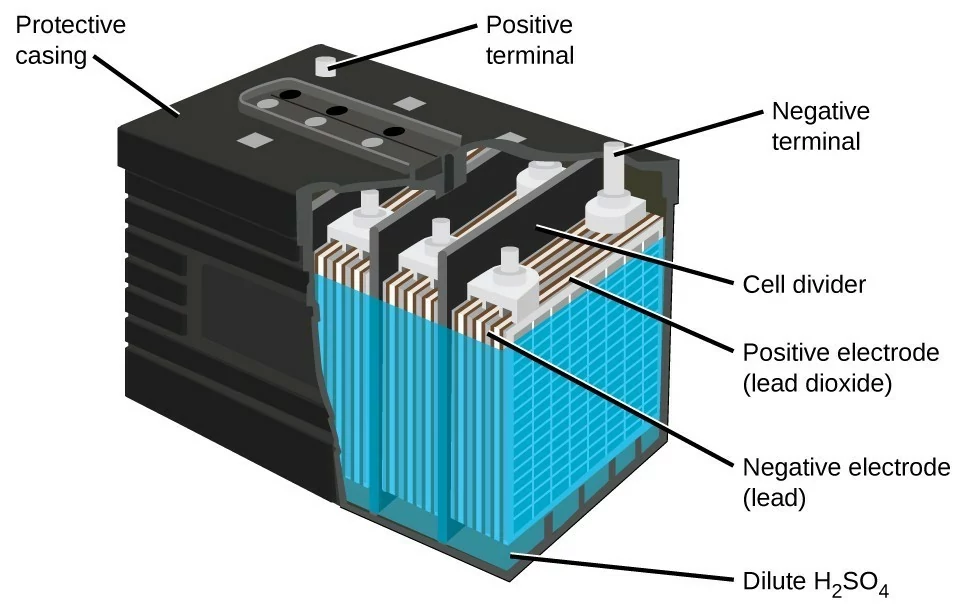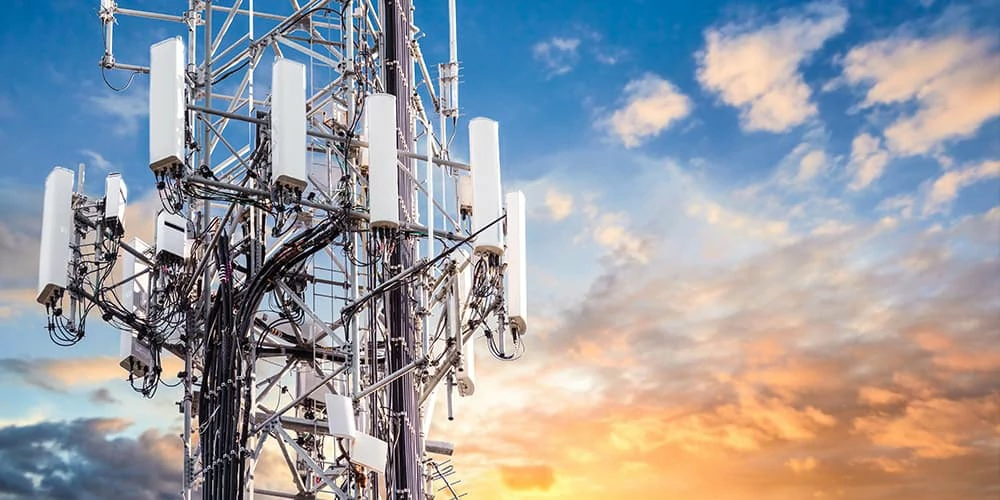User guide The use guide for tower backup energy storage...
Product update direction and recycling
The product update direction of tower backup energy storage battery involves key material improvement, technological innovation and recycling. The material improvement will increase the energy density and cycle life of the battery. Technology innovation focuses on intelligent management systems and more efficient charging and discharging technologies; Recycling is focused on reducing environmental impact and promoting the reuse of battery materials.
Product update direction and recycling
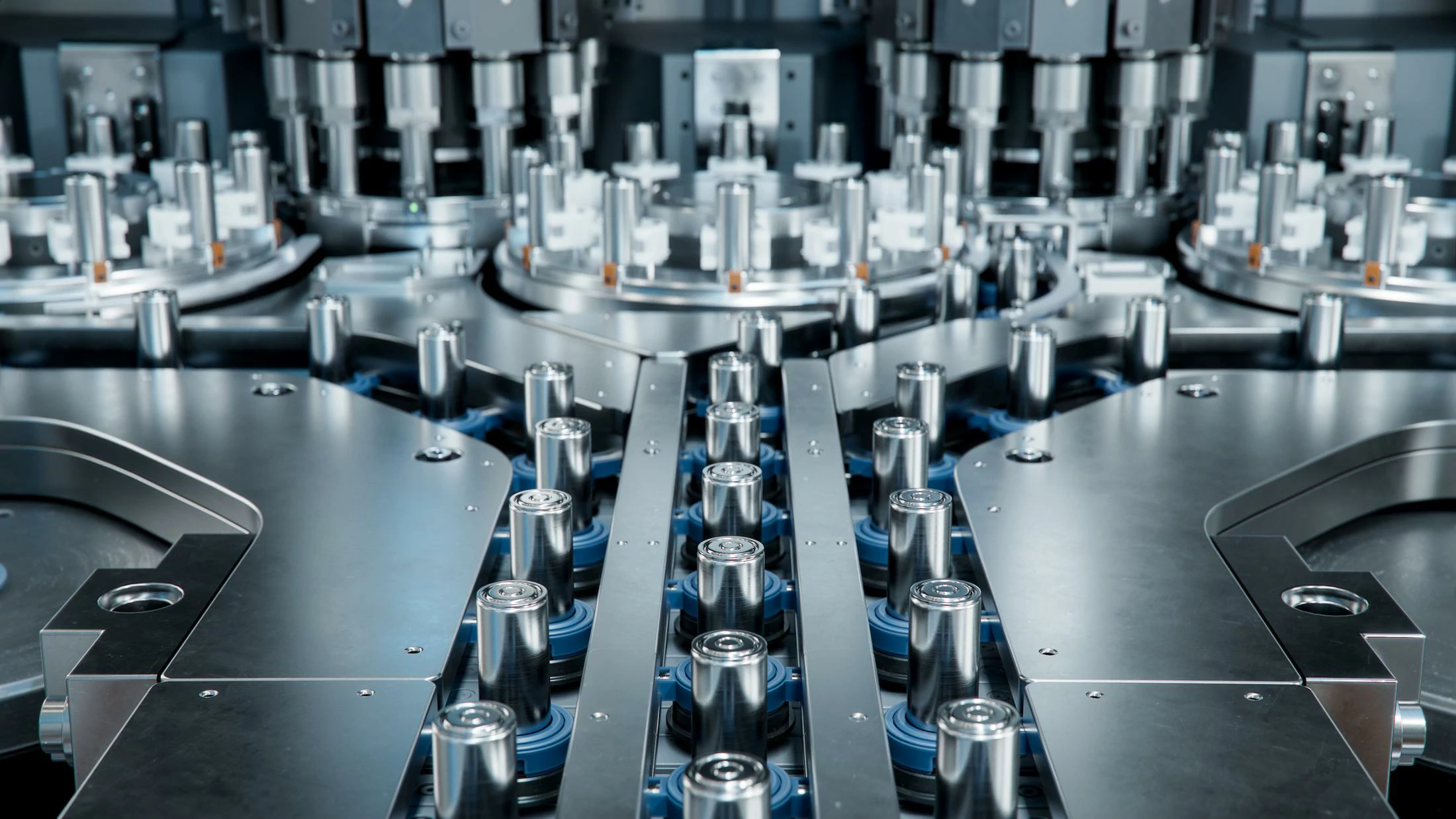
The product update direction of tower backup energy storage battery has promoted the improvement of battery performance and the reduction of environmental impact through material improvement, technological innovation and recycling. In terms of materials, the research focuses on improving energy density, extending service life and using environmentally friendly materials; Technology is focused on intelligent management system, fast charging technology and solid-state battery research and development; In terms of recycling, the focus is on improving recycling efficiency and resource recycling capacity to promote sustainable development.
Specific information
High energy density materials:
At present, positive and negative materials are developing in the direction of higher energy density. Taking lithium nickel cobalt aluminum oxide (NCA) and lithium cobalt oxide (NCO) as examples, these materials can significantly improve the storage capacity of batteries and extend the service life.
Long life material:
Research is focusing on improving battery cycle stability. Reduce internal resistance and extend battery life by improving electrolyte and diaphragm materials to reduce performance degradation.
Environmentally friendly materials:
The research and development of new positive and negative electrode materials is gradually developing in the direction of low environmental impact and recyclable materials, such as sodium-ion batteries, solid-state batteries, etc., to reduce the dependence on rare metals and reduce the environmental burden in the production and recycling process.
Intelligent Battery Management System (BMS) :
With the development of intelligent control technology, BMS system will be more efficient and intelligent. The new generation of BMS can more accurately monitor battery status, predict failures, and optimize charging strategies, thereby improving overall battery efficiency and safety.
Fast charging technology:
In order to improve the response speed of energy storage systems, research is promoting fast charging technology. Through innovative battery structures and more efficient battery management systems, reduce charging times and improve the utilization of energy storage devices.
Solid state battery technology:
Solid-state batteries improve the safety and energy density of batteries by using solid electrolytes instead of traditional liquid electrolytes. Solid-state batteries are the key research direction of future battery technology, with higher stability, longer service life and higher energy density.
Battery recycling technology:
At present, recycling technology is mainly focused on recycling precious metal materials (such as cobalt, nickel, lithium, etc.) in batteries, and extracting valuable materials through chemical solvent method and mechanical crushing method. With the advancement of recycling technology, it is possible to achieve more efficient and low-cost recycling processing in the future, and promote the reuse of resources.
Recycling and Resource regeneration:
With the strengthening of environmental protection policies, the metals and materials in recycled batteries will be used more efficiently and reduce the dependence on natural resources. In addition, some materials in the old battery can also be reprocessed to extend the life cycle of the material.
Environmentally friendly recycling methods:
Future battery recycling will be more environmentally friendly and avoid the pollution of the environment caused by traditional recycling methods. For example, developing non-toxic, low-energy recycling processes and optimizing battery design make the dismantling and recycling process simpler and more environmentally friendly.
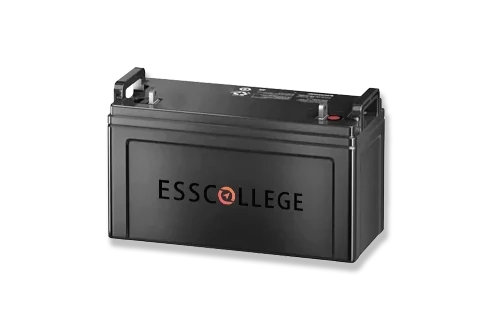
TOWER BACKUP BATTERY
With its integrated structural design, intelligent BMS monitoring, and standardized cabinet installation, ESS 48V series lithium iron phosphate batteries can provide reliable backup power for access network equipment, remote exchange, mobile communication, transportation equipment, emergency power and other systems.
Extended reading
Working principle and process flow
Working principle and process flow The working principle of the...
Product update direction and recycling
Product update direction and recycling The product update direction of...
Application scenario
Application scenario The application scenario of tower backup energy storage...
THE ESSC Brand promise
Global supply
Our products sell well all over the world, covering many countries and regions, through the global logistics network, to provide customers with convenient purchasing experience.
Rigorous quality
We adhere to the highest quality control standards to ensure every product meets industry regulations and customer expectations, earning trust through consistent excellence.
Excellent service
With a customer-centric approach, we provide prompt responses, professional support, and personalized services, aiming to deliver the best user experience and long-term value.
